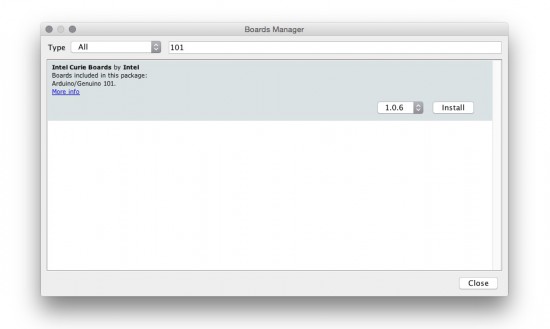Core Memory Upgrade for Arduino
Linux programs, when they misbehave, produce core dumps. The reason they have that name is that magnetic core memory was the primary storage for computers back in the old days and many of us still refer to a computer’s main memory as “core.” If you ever wanted to have a computer with real core memory you can get a board that plugs into an Arduino and provides it with a 32-bit core storage. Of course, the Arduino can’t directly run programs out of the memory and as designer [Jussi Kilpeläinen] mentions, it is “hilariously impractical.” The board has been around a little while, but a recent video shined a spotlight on this retro design.
Impractical or not, there’s something charming about having real magnetic core memory on a modern CPU. The core plane isn’t as dense as the old commercial offerings that could fit 32 kilobits (not bytes) into only a cubic foot. We’ll leave the math about how much your 8-gigabyte laptop would have to grow to use core memory to you.
Honestly, this is purely a novelty, but we do miss core memory somewhat. It was inherently nonvolatile. You could turn the computer off, turn it back on, and everything was just how you left it. Sure, it was peculiar that reading a bit also destroyed it, but many of the old computers had the write after read cycle built into the CPU architecture so that it wasn’t a big deal.
If you want to look at how it was to repair a big core system, we looked at that earlier. Surprisingly, though, this isn’t the first Arduino core memory rig we’ve seen.



